When I started making films during the DSLR Revolution, the size of my camera meant I took it everywhere. Interchangeable lenses on a body that could also shoot “pro” video both inspired spontaneous creativity and bestowed the ability to iterate and learn rapidly as a shooter of stills or motion. Street photography, landscapes, BTS, concerts, barbecues, location scouts, lighting tests, whatever I was doing, I was snapping photos while doing it. DSLRs helped me to understand what kind of creator I was, and what I enjoyed shooting.
But as camera technology progressed rapidly over the last decade, and I graduated to cinema-level cameras for my professional work, I began to notice that photography, both as a passion and as a way to continuously hone my craft as a DP, had inadvertently fallen by the wayside. Somehow my phone had become the camera I used most frequently, simply because it was the one that was always in my pocket. But unlike carrying a DSLR that could pack more punch, I wasn’t learning and growing artistically by using a cell phone. My images were utilitarian, passive documentation, too constrained by lens and codec quality to experiment successfully. And shooting concert photos, my hobby? Forget it. The blur and blowouts would be a one way ticket to Instagram jail.
Once I started to look at the camera options available that would suit the kind of carefree shooting I wanted to do, I quickly found myself in a bit of a Goldilocks scenario:
▪ While easy to lug around for daily use, most affordable point-and-shoot cameras aren’t robust enough, codec or resolution-wise, to achieve the quality I want (photos printable at a reasonable display size, video that you’d actually want to show other humans),
▪ But most of todays’ top-shelf DSLRs have large, heavy bodies, not to mention being too expensive to want to put through the ringer of day-to-day shooting and purse-toting.
So I was very intrigued when the fp tiptoed onto the scene this fall, and was excited to test it out.
To start with, the fp is small, but very durable. It doesn’t feel like it could break easily, which is the first thing I want for a daily shooter. In fact, though compact, it feels weightier than it should in your hands, but to disprove the lawyer in Jurassic Park, that doesn’t mean it’s expensive; it’s extremely affordable for everything it does. In terms of a camera I can feel comfortable carrying around everywhere without burning a hole in my pocket, the fp delivers in spades. Plus it has some well-placed quarter-twenties to attach gizmos aplenty, which many compact cameras that border the prosumer range don’t bother including.
To take the fp for a spin, I headed to the Hollywood Bowl to see The Who (as one does). I brought the kit 45mm lens, which was very sharp with a nice contrast. I sat a few sections back from the stage in order to capture a wide range of tones in the environment, not just the well-exposed performers. I wanted to see how the whole shebang would hold up as one tableau: the massive, colored light fixtures, how they passed over the audience, where, if anywhere, channels blew out or lost detail, what it looked like when brightness fell to shadows away from the stage, and what was going on in the sky.
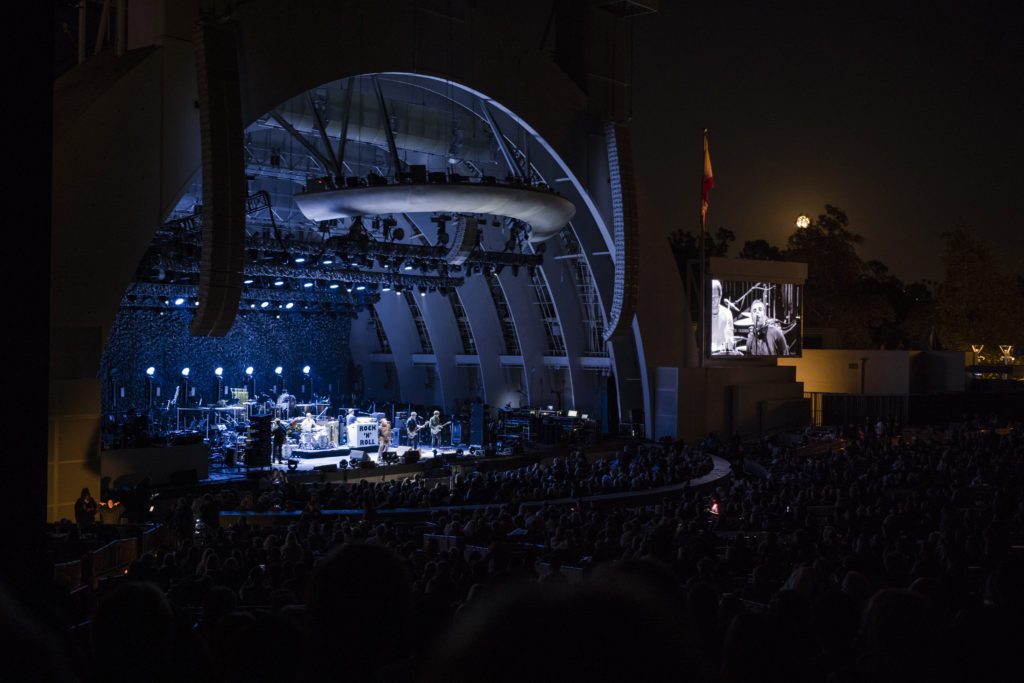
In pixel peeping after the show, I was very impressed with how the fp handled the colors of the huge lighting rig. I was also impressed by how much detail held in the moon and the highlights on stage; many color-blasted areas that looked blown out, and would definitely be blown on a phone or lesser camera, were immaculately preserved. Often I have to go into funky Photoshop raw settings to handle spots of overly saturated color, here I didn’t have to at all. Even at a high ISO, the captured image looks very clean and mostly noise-free. If I were up close shooting a more subtly lit stage, this sensitivity would let me work at a much faster shutter speed than I normally get to use in concert venues, and would seriously cut down on shots lost to motion blur—which is great if you shoot in a mosh pit, which I do sometimes. If you’re looking to up your concert stills or video game and don’t have press credentials, the fp is a very solid choice. I also shot a little video, and the onboard audio was much stronger than expected.
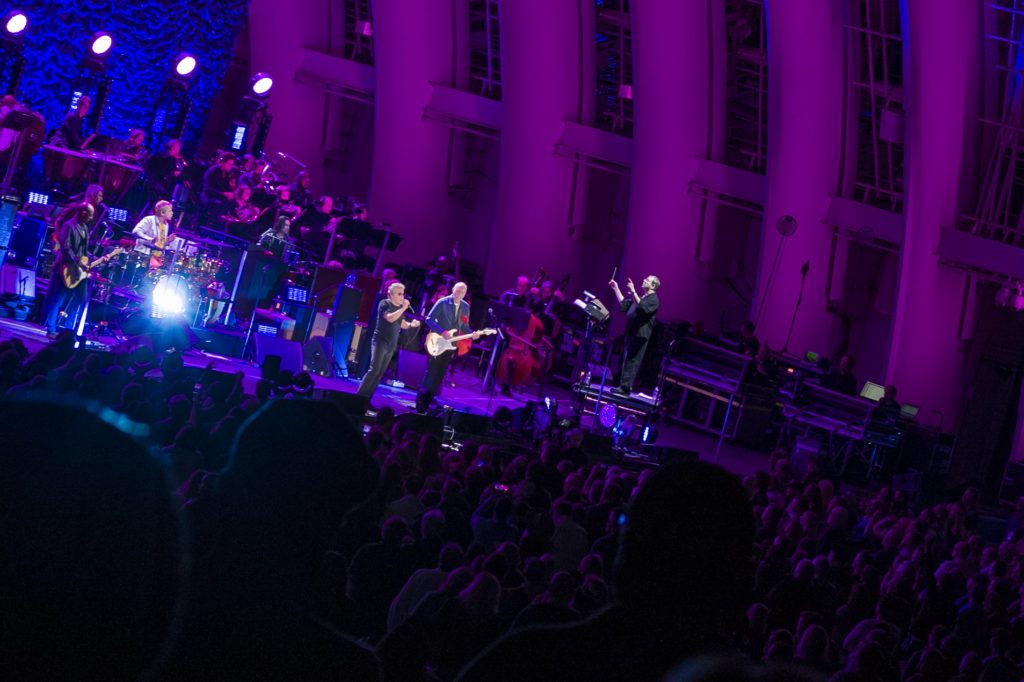
For my nitty-gritty video test, I visited The Huntington museum and gardens with the camera rigged to a Samsung T5 external SSD so I could capture some clips in CinemaDNG. I’ve been shooting on CinemaDNG since 2012, so I was excited to see what it looked like out of a new camera, and had a basic idea of what I should expect from the file.
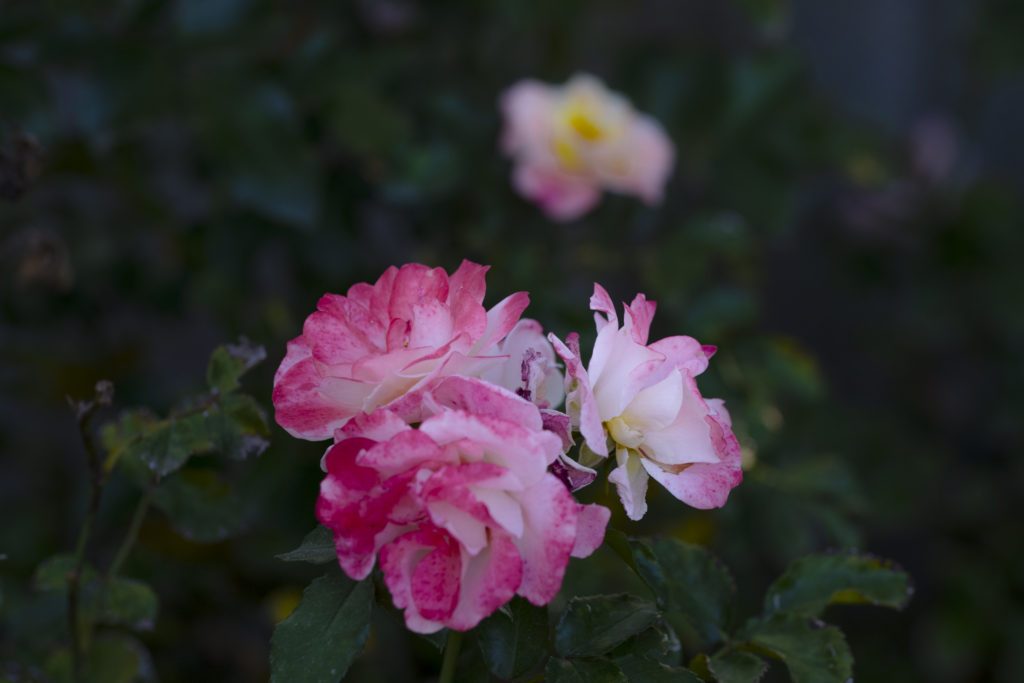
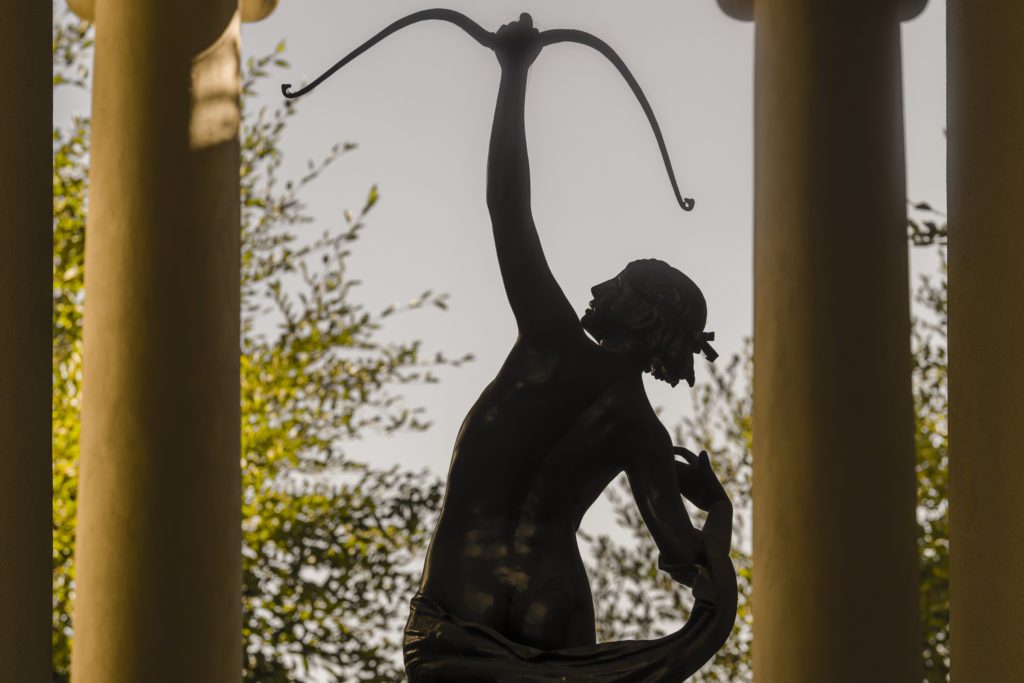
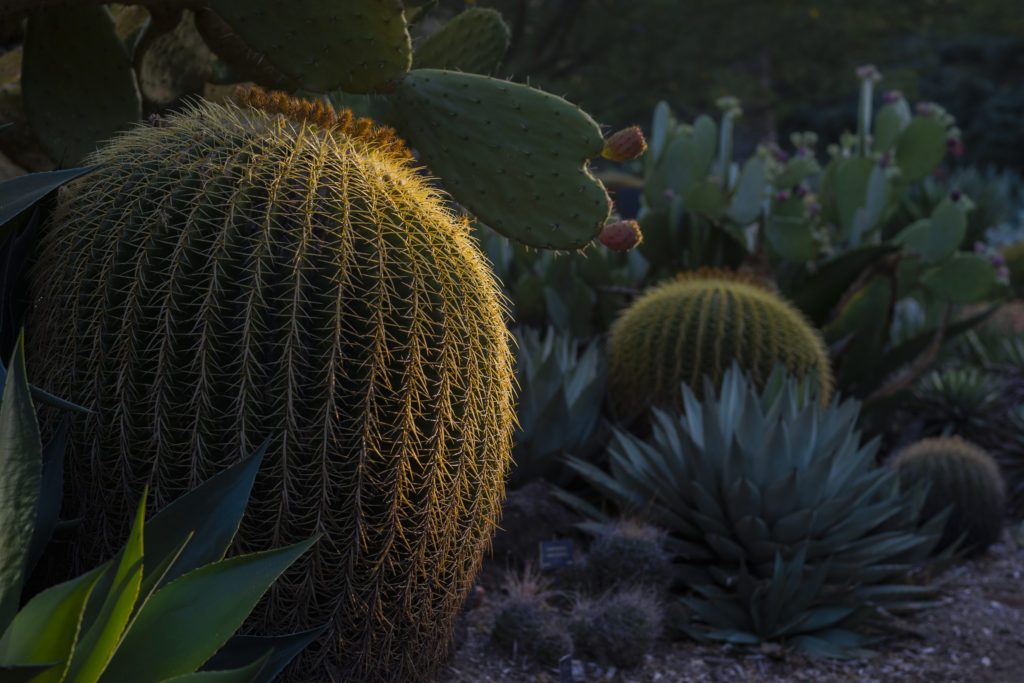
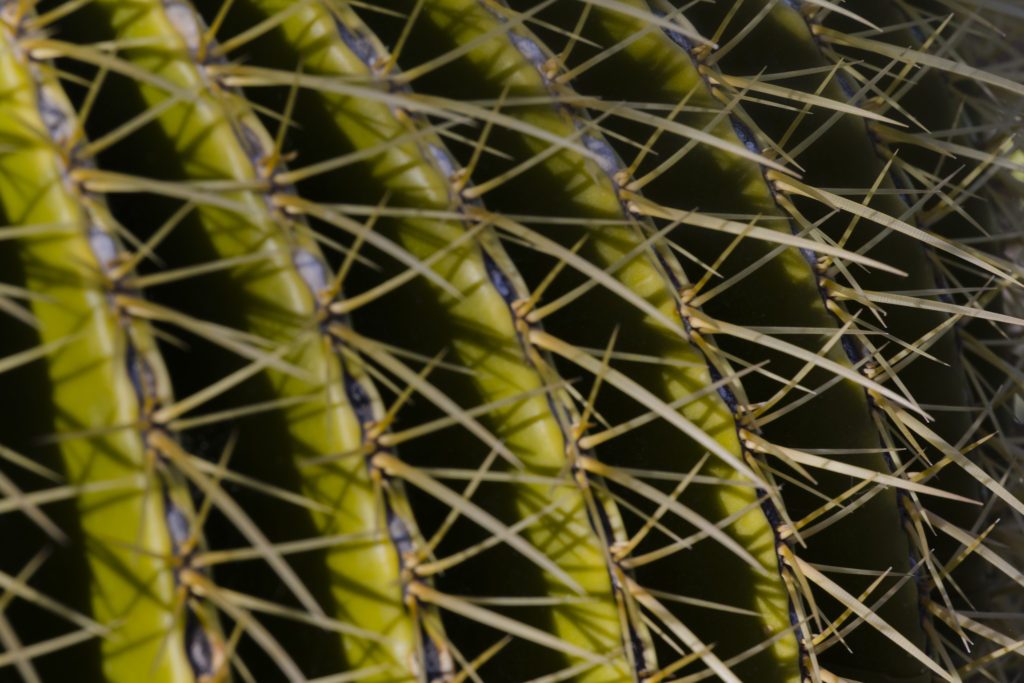
I took still photos and video throughout the gardens, focusing on contrast, detail, and different lighting situations, from under exposure post-sunset to the harsh afternoon sun just before magic hour. I’m not exactly a flower photo kinda gal, but I really like the way the contrast in the fp Color Modes made the flowers in these photos pop. I felt compelled to stop and smell the roses, literally and figuratively, because the rear display on the camera made me feel confident about the images I was getting, and I wanted to play around. And that’s exactly the feeling I want to get from a small camera like this.
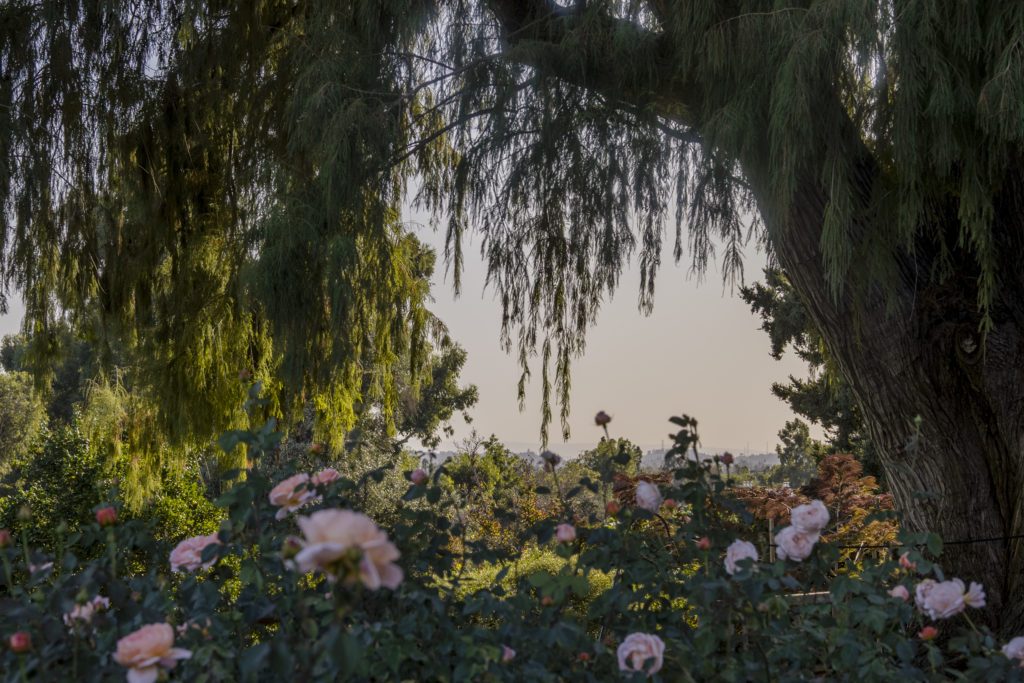
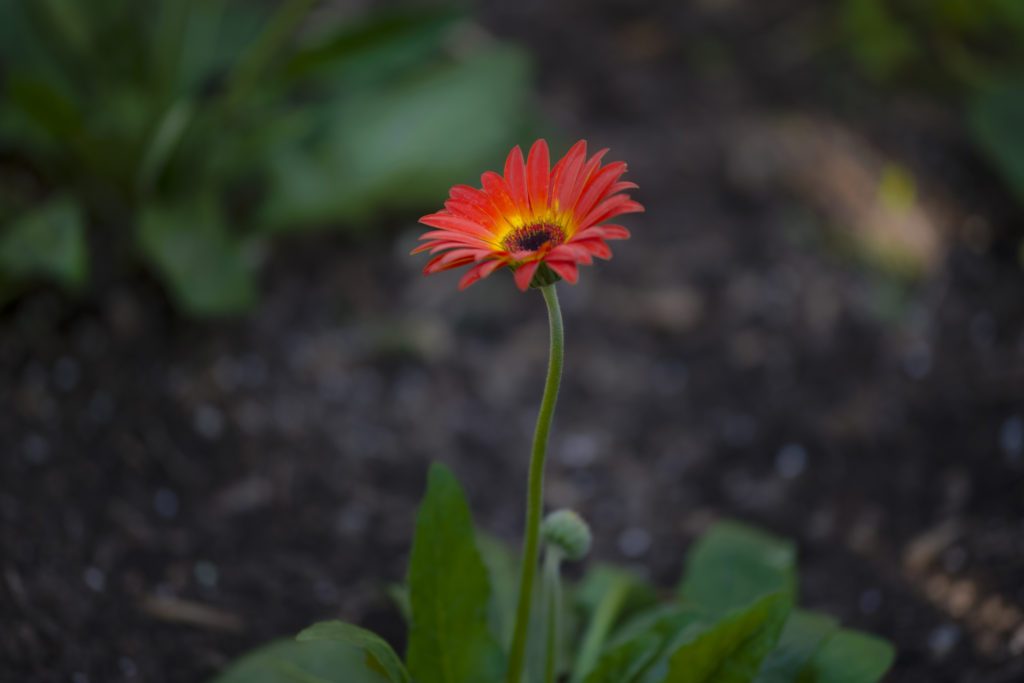
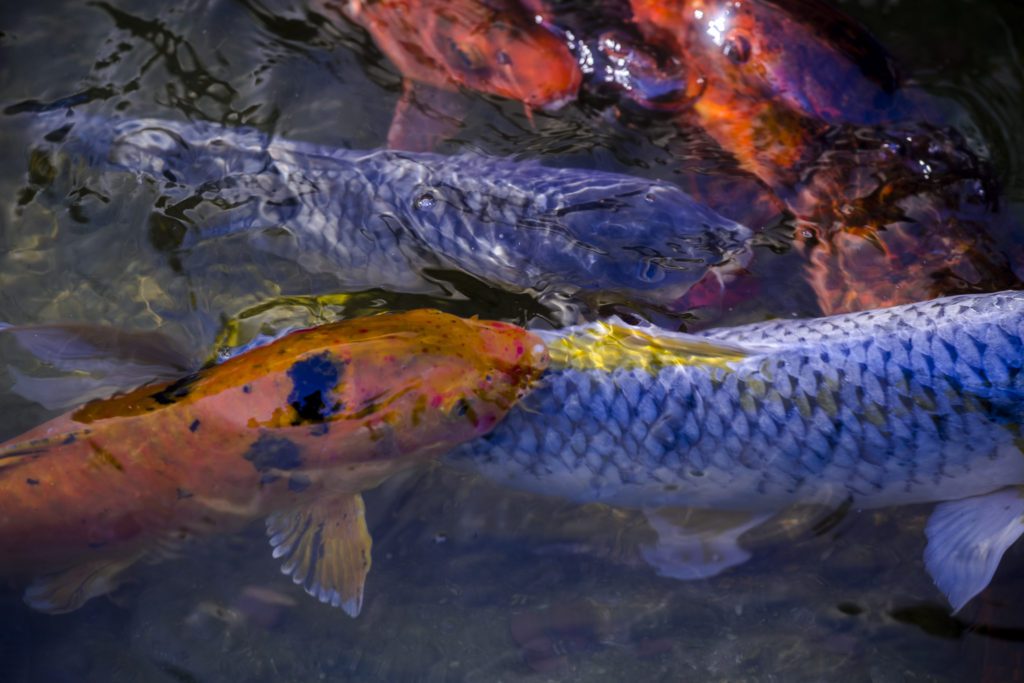
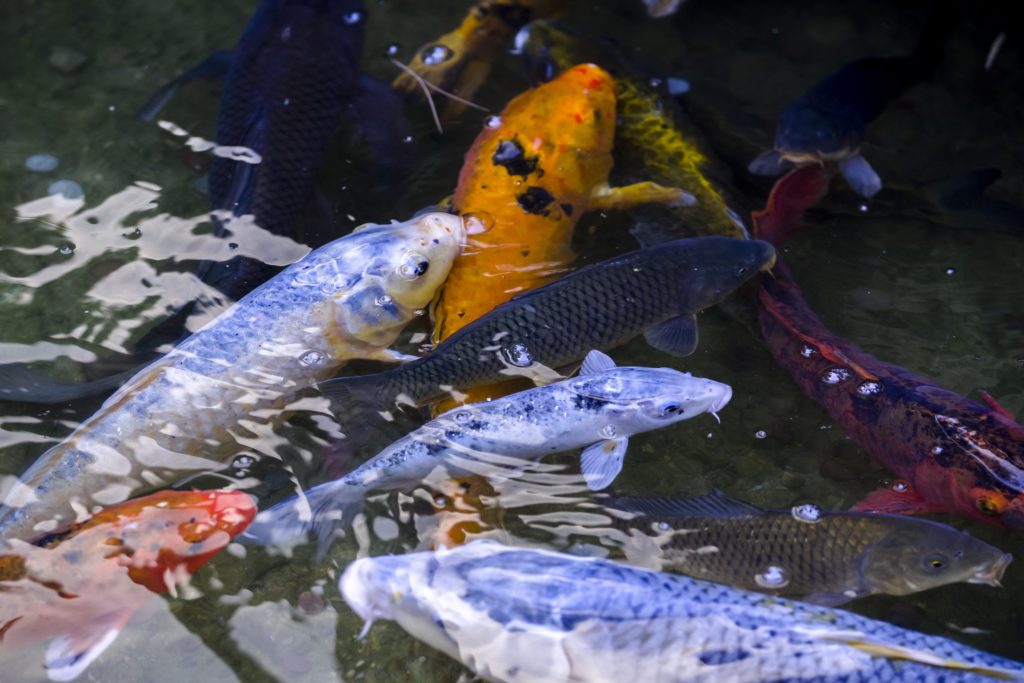
(Onenote: It can sometimes be hard to gauge whether your images are in tack sharp focus on the display, and the camera doesn’t appear to be doing a lot of fancy pre-sharpening to your file, so I recommend giving yourself options or setting a generous F-stop while shooting.)
The first thing I did after my tests was to check the image folders (if you haven’t used it before, CinemaDNG is recorded as an image sequence contained in a folder per shot, rather than as a single video file) to compare the video DNGs to the still DNGs. I was surprised to find that the “Cine” DNG files actually appear to be higher quality, and also carry a consistent data rate across the whole image sequence, than the “Still” images which vary in size depending on what you’re shooting. This indicates some compression is happening under the hood with the still files that isn’t happening in Cine mode.
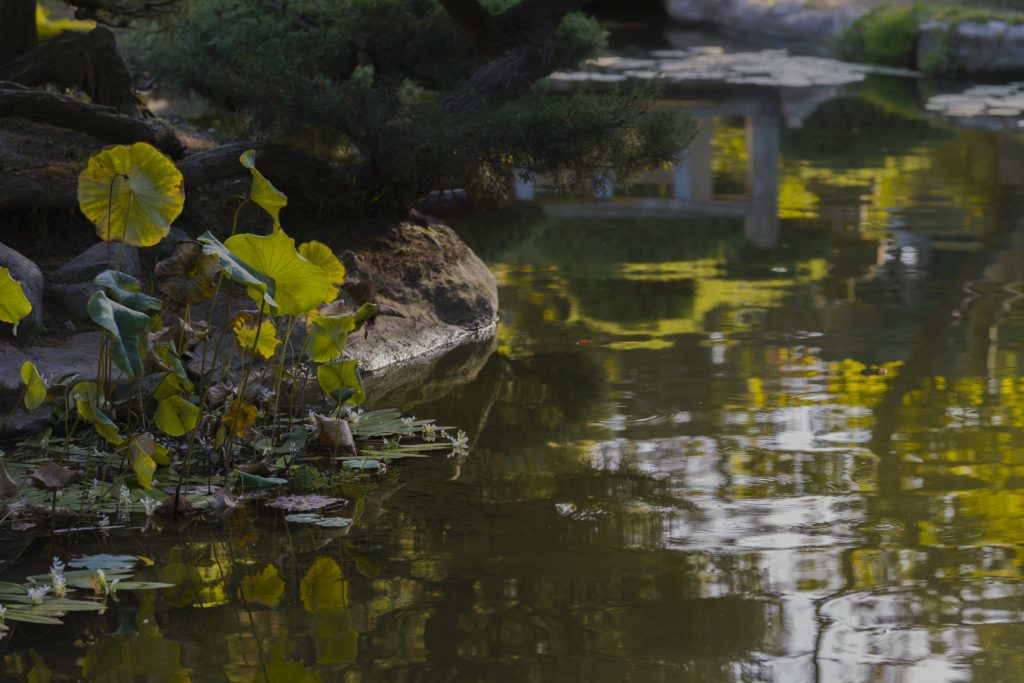
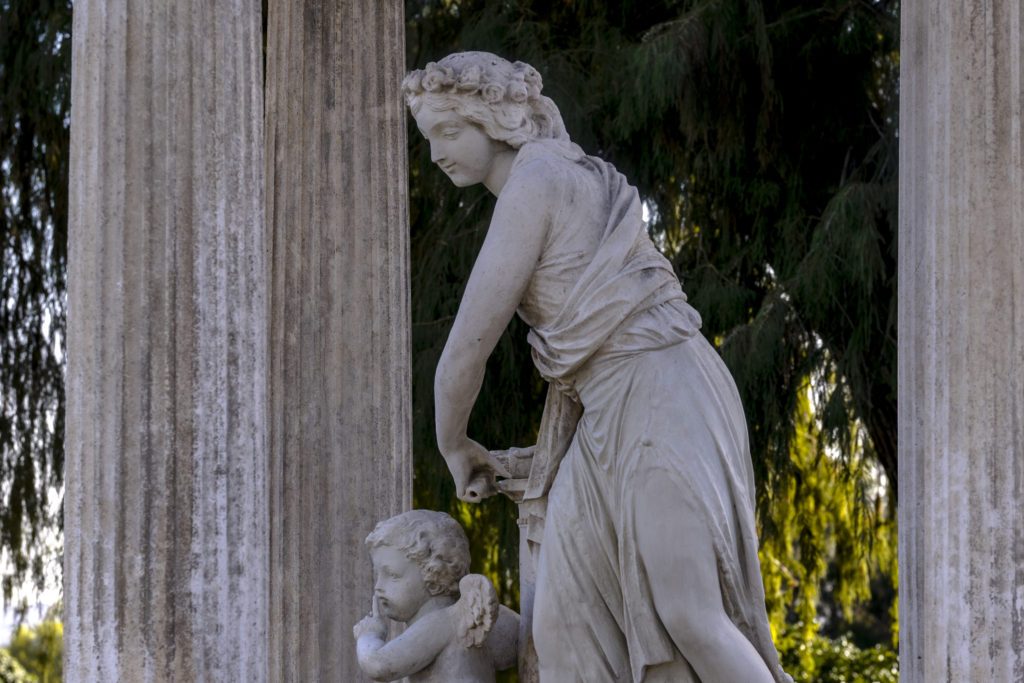
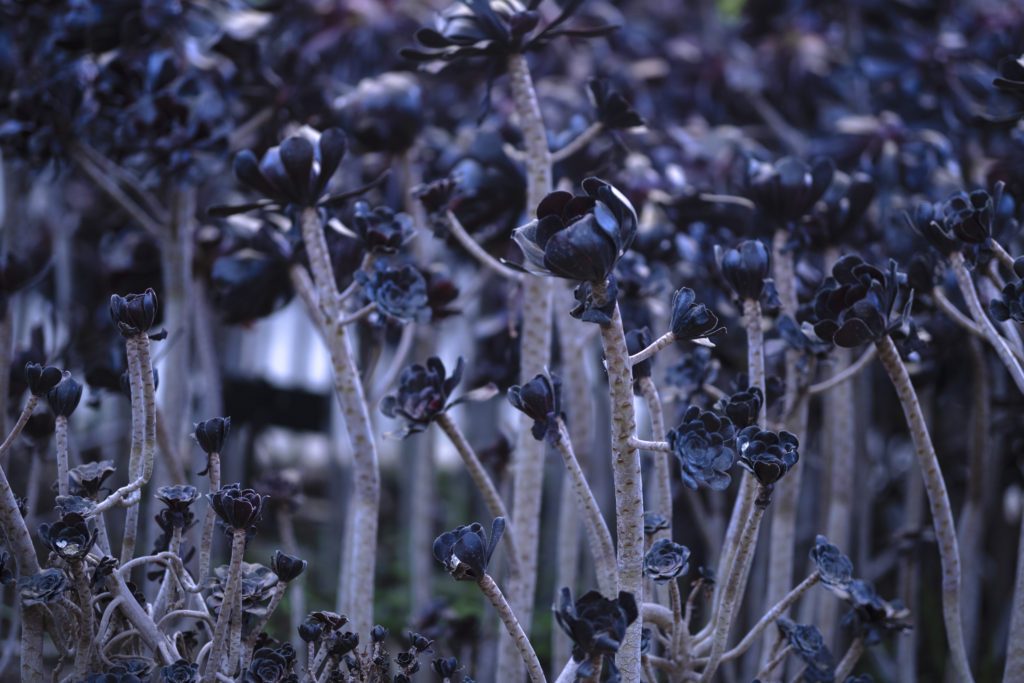
Overall, I was really pleased with the fp, and the quality of the footage I was getting out of it. I’ve already dragged it around a bit to shoot casually here and there, just like I did in the Olden Days. With the right rig, an enterprising individual could definitely use the fp as an A-cam for a music video or narrative short, and luckily its configurability with different modular accessories is at the very core of the fp’s design. You can tell the engineers who built this camera were trying to think with a wide range of customers in mind, not just one, and endeavored to build a tool that could be enjoyed for all sorts of artistic needs. That being said, for me, the real joy in this camera comes from its weight and maneuverability, whether you’re shooting in Still or Cine mode. Pairing the fp with a lightweight monopod makes for a killer videography setup that takes away all the moan and groan of being asked to shoot somebody’s whatever, which is incredibly freeing, and by the same token this combo is also fantastic for hiking or treks into the wilderness where normally halfway to your favorite scenic vista you realize that hauling all the gear you own into the tundra was a big, big mistake.
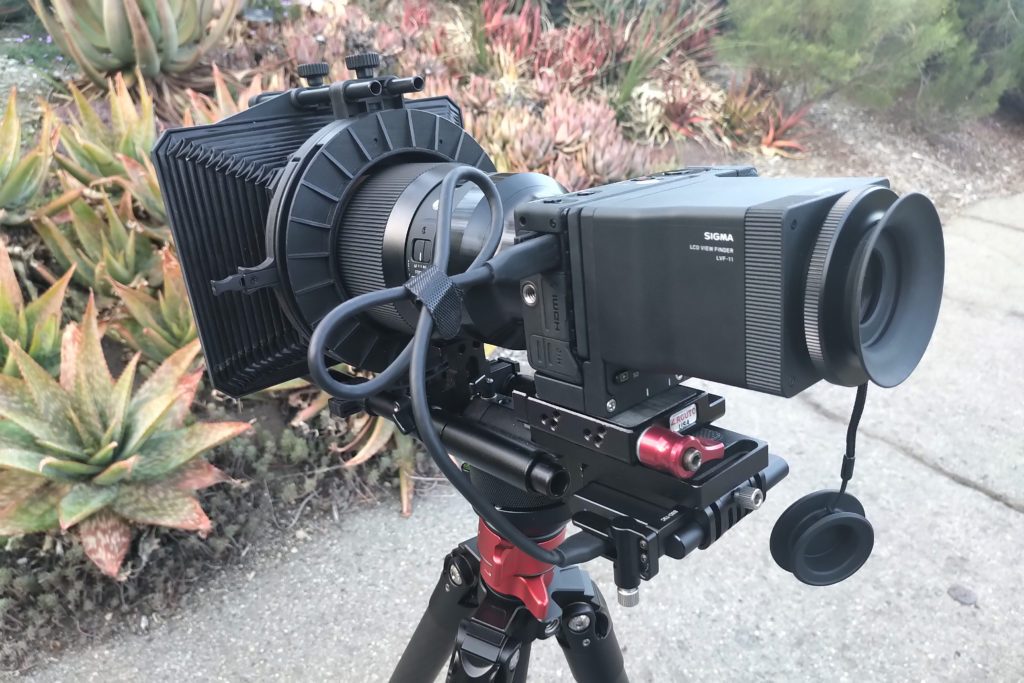
Now, the fp is not a be-all-end-all camera. It doesn’t have pro audio monitoring, it doesn’t have a cold shoe mount, or a built-in flash. It can charge its battery internally via USB-C port, but you can’t shoot while it’s charging. It also doesn’t have the articulating screens or grips of hefty DSLRs. Video can be a little jerky sometimes when going purely handheld, because of how lightweight it is. You more than likely will need a riser when rigging it to a VCT plate if you’re using cinema-size lenses. And the display is highly reflective, making it hard to shoot in broad daylight without the viewfinder accessory.
As Joe E Brown says at the end of Some Like it Hot, “Well, nobody’s perfect.” But for an affordable, everyday shooter that delivers great quality stills in a small, durable body, that can also output raw video when called upon, and puts creativity back in your pocket? For that, the fp is a pretty perfect little camera, and I’m excited to add it to my arsenal of tools.

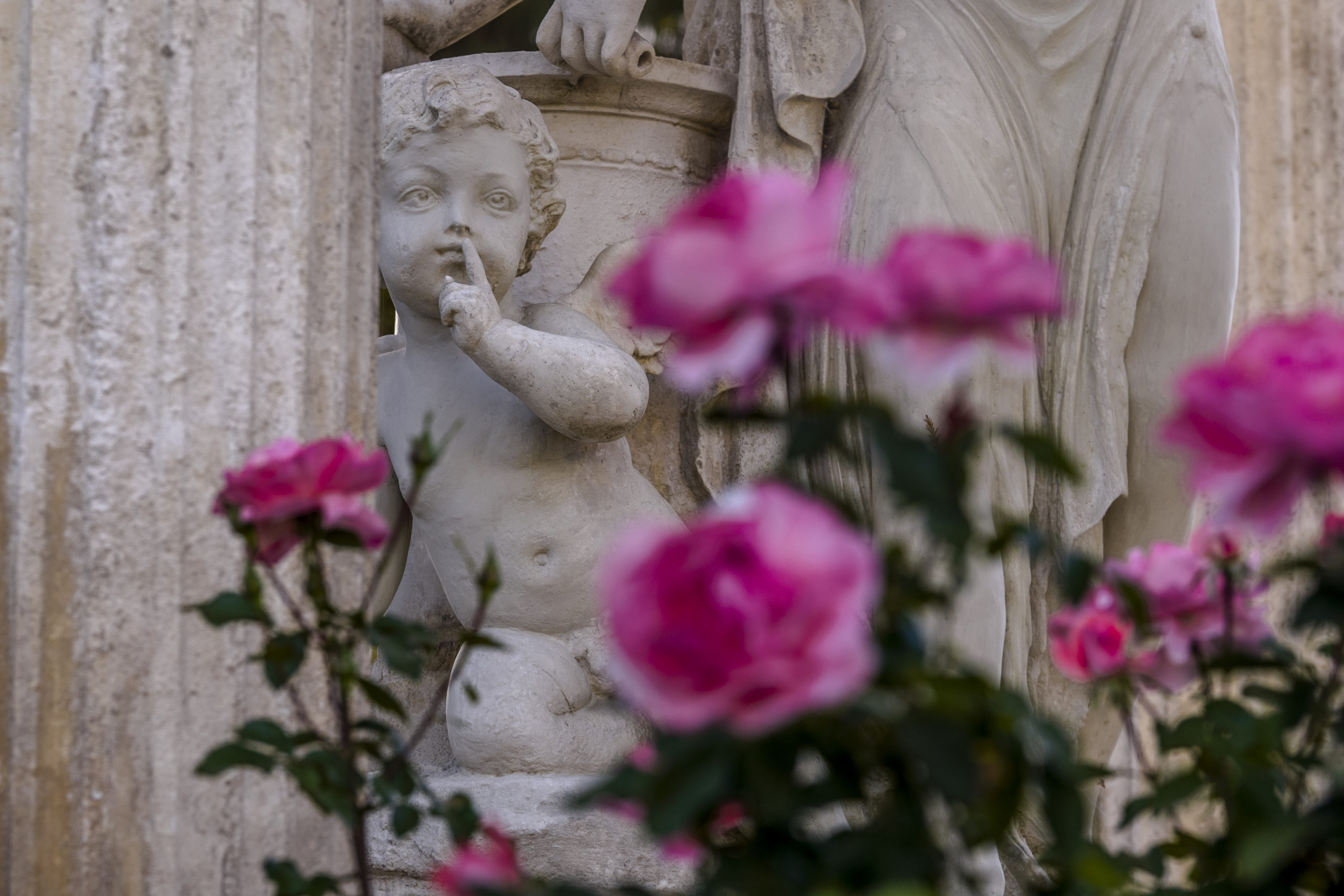
Hi Elle, thanks so much for your awesome article! it was a pleasure to read. I wanted to ask you about monitoring your image when shooting video with the sigma FP. It feels like the highlights are clipping very fast on the display. Even zebras at 100% show them as clipping. But when I bring them into Resolve and change the colour space to Blackmagic Design,, all the detail is there! Is there anyway to monitor this and see all the detail you’re capturing. It feels like it’s not showing me everything it’s capturing. I’m so used to exposing correctly in camera rather than fixing it in post! Your insight is much appreciated!
Kind regards, Prahlad.